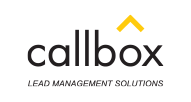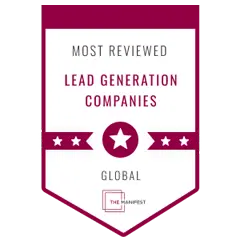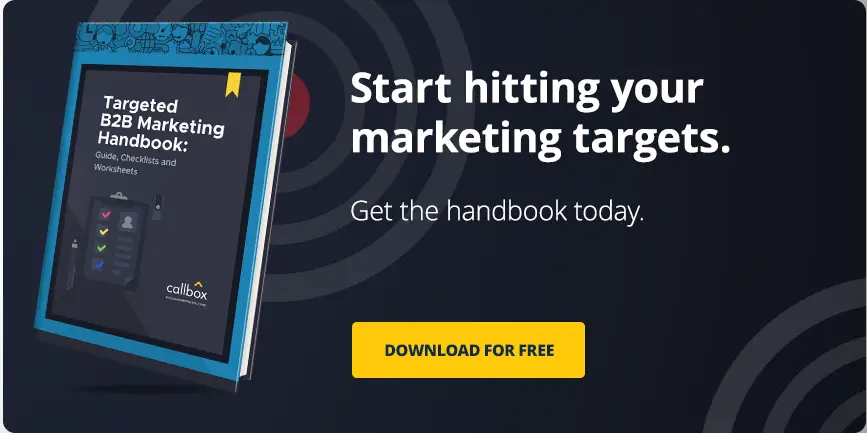Content Marketing: Targeting 5 Types of B2B Buyers
As it turns out, B2B content marketing is not a one-size-fits-all platform. The substance of the content piece, as well as the manner by which it is delivered, can be a crucial factor in the depth of influence among its readers, especially for B2B buyers.
And besides, lead generation has always been about catering to the needs of the prospects to persuade them to perform an action that would lead to a sales opportunity. To do that, marketers need to have a deep understanding of B2B buyers and how to customize each content piece to attract them.
Rachel Foster, an award-winning B2B copywriter who helps technology marketers create content that drives action, posted at OnlineMarketingInstitute.com the 5 types of B2B buyers that should be targeted for content:
#1 Researchers
Researchers are typically junior employees whose boss has asked them to research a specific product or service. Although these people usually do not have buying power, they have a lot of influence. You want to make it easy for them to find what they need and pass it along to their boss. They may download your white papers or check out your blog to see if they like what you’re talking about. It’s also a good idea to provide them with a PDF overview of your products or services – such as a data sheet – so they can easily forward the information to their boss.
#2 End users
Your end users want to know that your solution works and will make their lives easier. Provide them with case studies and unbiased reviews from customers who have used your products and services. End users may also be interested in attending webcasts, watching demos, participating in forums and joining user groups.
#3 IT influencers
If you sell technology products or services, your customer’s IT team will want to know how your solution will impact their network. Will it simplify things or make things more complex? How easy is it to implement your solution? How will it affect their network security? Be sure that your marketing materials address these concerns. You may need to create separate content geared specifically toward IT to answer these questions.
#4 Finance decision makers
Financial influencers will want to know if your product or service is worth the investment. After all, they are the ones who will sign your checks. Be sure to demonstrate your value in all of the marketing materials that you provide them – such as case studies, ROI calculators, data sheets, brochures, and webinars.
#5 Executives
Executives want proof that your products or services will help them reach their business goals and achieve ROI. Make sure that all of your content discusses the key business challenges that your customers are facing and how your solution helps to solve these challenges. White papers, case studies, and ROI calculators can be valuable when you want to influence an executive.
Read the entire post at 5 Types of B2B Buyers Your Content Needs to Influence













